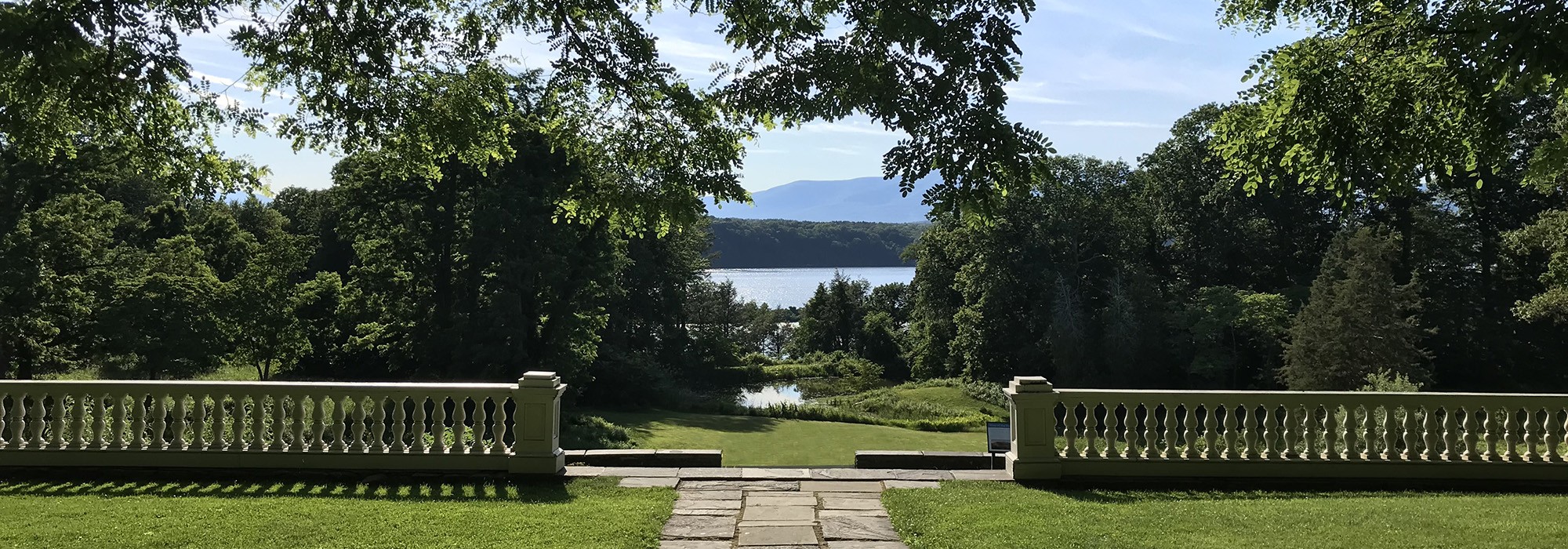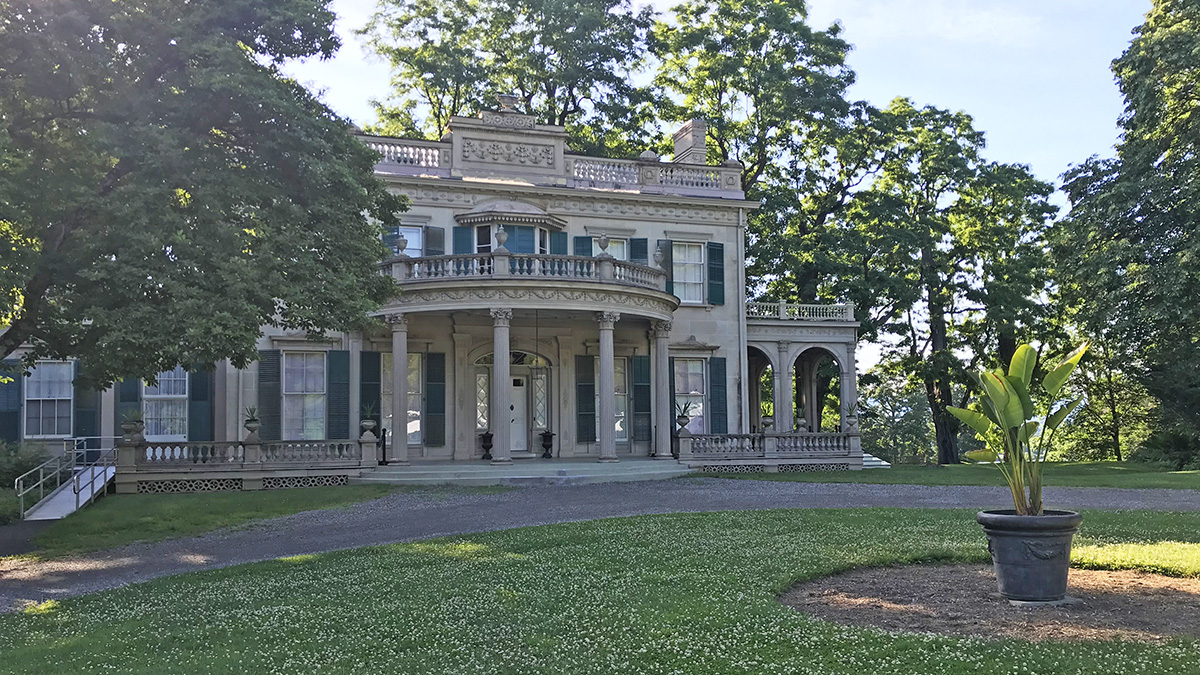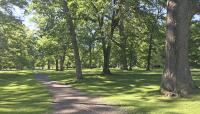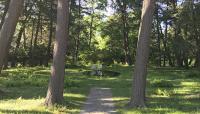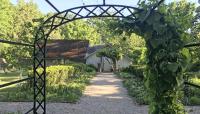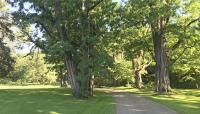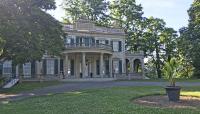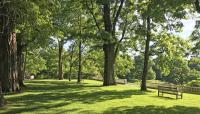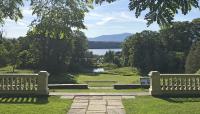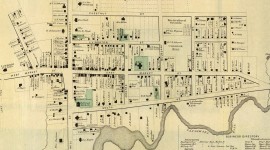Landscape Information
Orignally a working farm, this 380-acre estate is situated on a bluff overlooking the eastern shore of the Hudson River. The property was acquired in 1802 by Janet Livingston Montgomery, who established a commercial orchard and sited a Federal-style residence at the terminus of a half-mile-long allée of deciduous trees. Montgomery passed away in 1828 and in 1836 the property was bequeathed to Louise Livingston and Coraline Livingston Barton.
In the mid-eighteenth century, architect Alexander Jackson Davis added Classical Revival exteriors to the residence, incorporating borrowed views of the Hudson River and Catskill Mountains. He designed surviving features including the Classical coach house, Gothic Revival farmhouse, and Swiss Cottage. Designer and horticulturist Andrew Jackson Downing featured the property in his influential 1841 publication, Treatise on the Theory and Practice of Landscape Gardening. Downing provided plants from his nursery and in the late 1840s advised on the layout of the gardens and forest walks, which lead to waterfalls located on nearby Saw Kill. Coraline Livingston Barton designed ornamental flower gardens and her husband, Thomas Barton, established an arboretum with landscape gardener Hans Jacob Ehlers. The family employed numerous gardeners including Alexander Gilson, who served as the head gardener from approximately 1835 to 1885.
During the 1920s and 1930s owner Violetta White Delafield terraced the western slopes, creating a series of garden rooms for roses, herbs, and perennials, and adding a wild garden, a hedged ellipse, as well as an aquatic garden. Delafield descendants conveyed the title to Sleepy Hollow Restorations (now Historic Hudson Valley) in 1986, and the estate opened to the public in 1988. Bard College acquired the property in 2016. Located within the Hudson River Valley National Heritage Area and the Hudson River National Historic Landmark District, Montgomery Place was designated a National Historic Landmark in 1975.



